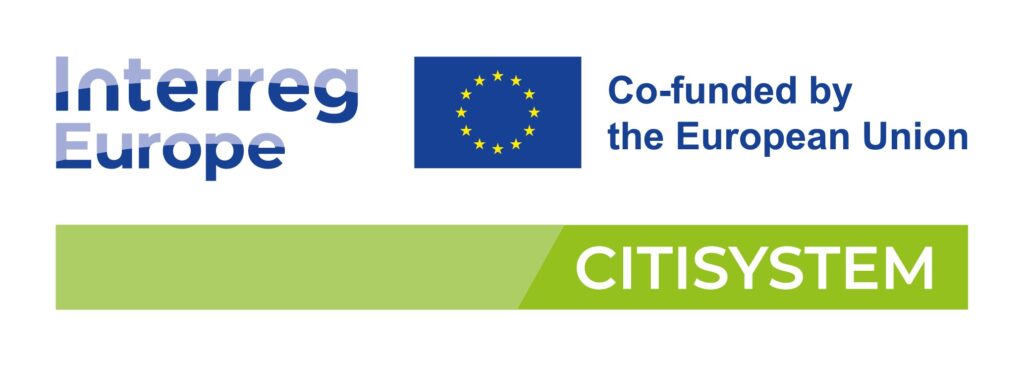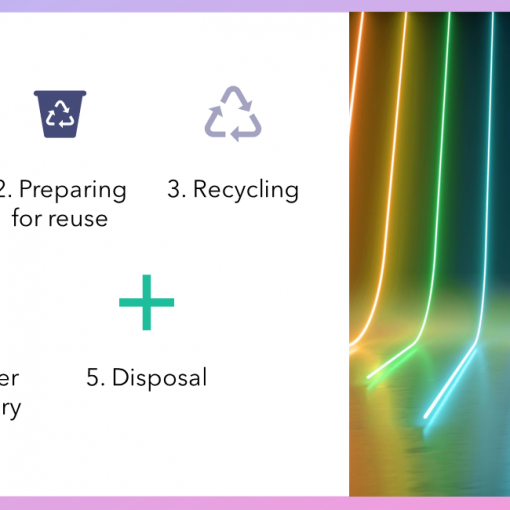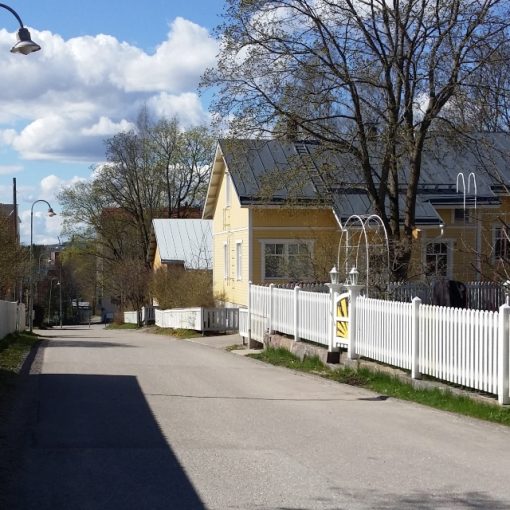As the world looks for smarter, greener ways to grow food, a small but powerful innovation from Slovakia is gaining attention. It’s called Agrokruhy (in Slovak language), meaning Agrocircles, and it’s changing how we think about farming. Developed by the Slovak agronomist Mr Ján Šlinský, this circular farming system is designed for small-scale organic vegetable production and supporting community agriculture.
It’s simple, sustainable, and surprisingly efficient. On just 2 hectares, up to 24 tons of seasonal vegetables can be grown annually. It reduces manual workload by up to 70 percent – it can sow seeds, plant seedlings, mulch, or loosen soil. (Agrokruh 2024.)

Agrokruhy – How does it work?
At the heart of Agrokruhy are the round plant beds, each with its with its central fixed bases with a rotating mechanical arm anchored at one end and powered at the other. The 18-metre-long arm cultivates crops in a spiral pattern. One arm can operate 3 circular beds with a triangle-shaped paths between them. Dedicated tools for growing vegetables, like cultivators, seeders, and planters, can be attached to the arm that moves in a circle from the outside to the centre, creating a spiral-shaped row. (Agrokruh 2024; Sakáčová 2025.) The logic of the Agrokruhy farm can be seen here:
Link to a video presenting the Agrokruhy system
Mr Šlinský got the inspiration of the spiral pattern by watching a travel documentary where he saw a yak (a large, bull-like animal) tied to a post. As it moved forward, the rope wound around the post, guiding the animal in a spiral path that covered every bit of ground. (Krava & Company 2021.)
Furthermore, vegetables are grown in a careful rotation, avoiding monocultural crops (suitable for up to 52 species), using eco-friendly methods and machines without chemicals or hard work. Powered by electricity, it gently and quietly works the soil without compacting it, unlike heavy tractors, thus eliminating air and water erosion. The system avoids chemicals, supports the soil microbiome and biodiversity, and follows a clear philosophy: “Healthy soil – healthy plants – healthy animals – healthy people”. (Agrokruh 2024; Sakáčová 2025.)
A School That Grows More Than Crops
One of the most inspiring uses of Agrokruh is at the Secondary Agrotechnical and Gastronomy Service Vocational School in Pribeník, Slovakia. Since 2018, students and teachers have turned former pastures into a productive organic farm. They have improved the soil by 24 tons of compost mixed with sand. Over a dozen types of vegetables were grown. Moreover, the school shared their harvest with local secondary school canteens and social service homes – over two tons in 2024 alone. (Sakáčová 2025.)
The school’s work was recognized with the ATLAS environmental award, and it’s also part of the Erasmus+ SOIL-VET project, which connects schools across Europe to promote sustainable agriculture (Sakáčová 2025).
In March 2025, the school presented its Agrokruh experience at the CITISYSTEM interregional event in Košice, showing how local farming can support broader circular bioeconomy goals. Agrokruh fits perfectly into the idea of a circular bioeconomy – an approach that uses renewable resources wisely and keeps waste to a minimum. By composting, rotating crops, and avoiding synthetic inputs, the system creates a closed loop that’s good for both people and the soil. This method helps grow many vegetables in a small space, making it easy to regularly supply fresh food to nearby people. (Sakáčová 2025.)
This aligns with the goals of the CITISYSTEM project, which supports the systemic change in how cities manage bioresources and promotes local food production and nutrient circulation (Interreg Europe 2025).
Besides the above-mentioned ecological, economic and social benefits, Agrokruhy serves as an inspiring example and a practical tool for training future farmers and supports rural development. Informative trainings are organized for the public and private farmers. And because it’s scalable, it could be adapted in many parts of the world.
Author
Katerina Medkova works as an RDI Specialist at LAB University of Applied Sciences and is the CITISYSTEM Project Manager. CITISYSTEM – Supporting cities in sustainable biobased systemic change is an Interreg Europe co-funded project led by LAB University of Applied Sciences, Finland. The CITISYSTEM partnership consists of seven partners from Finland (2 partners), Slovakia, Slovenia, Belgium, Greece, and Spain.
Link to the CITISYSTEM website

References
Agrokruh. 2024. Agrokruh – Revolutionary technology for growing vegetables. Cited 10 May 2025. Available at https://www.agrokruh.sk/en/technologia/
Interreg Europe. 2025. CITISYSTEM – Supporting cities in sustainable biobased systemic change. Cited 10 May 2025. Available at https://www.interregeurope.eu/citisystem
Krava & Company. 2021. Ján Šlinský, ktorý navrhol Agrokruh: Malí farmári nikdy nebudú konkurovať cenou, ale vyššou kvalitou. Cited 21 May 2025. Available at https://www.kravaco.sk/magazin/40/jan-slinsky-ktory-navrhol-agrokruh-mali-farmari-nikdy-nebudu-konkurovat-cenou-ale-vyssou-kvalitou
Sakáčová, S. 2025. Agrokruhy and Innovative Sustainable Approaches. Presentation given at CITISYSTEM Interregional Event, Košice, March 2025.
Stredná odborná škola agrotechnických a gastronomických služieb. 2024. Fotky. Agrokruhy. Cited 14 May 2025. Available at https://sospribenik.edupage.org/a/agrokruhy?eqa=dGV4dD10ZXh0L3RleHQyOSZzdWJwYWdlPTcmc2tnZHllYXI9MjAyNA%3D%3D#
Links
Link 1. Šlinský, J. 2014. Farma s AgroKruhmi. YouTube. Cited 21 May 2025. Available at https://www.youtube.com/watch?v=kvMATRjN9ws&t=57s
Link 2. Interreg Europe. 2025. Project Summary. CITISYSTEM. Cited 10 May 2025. Available at https://www.interregeurope.eu/citisystem




